What are the best gap year programs? [2024]
Explore some of the best gap year programs and find the right choice for you
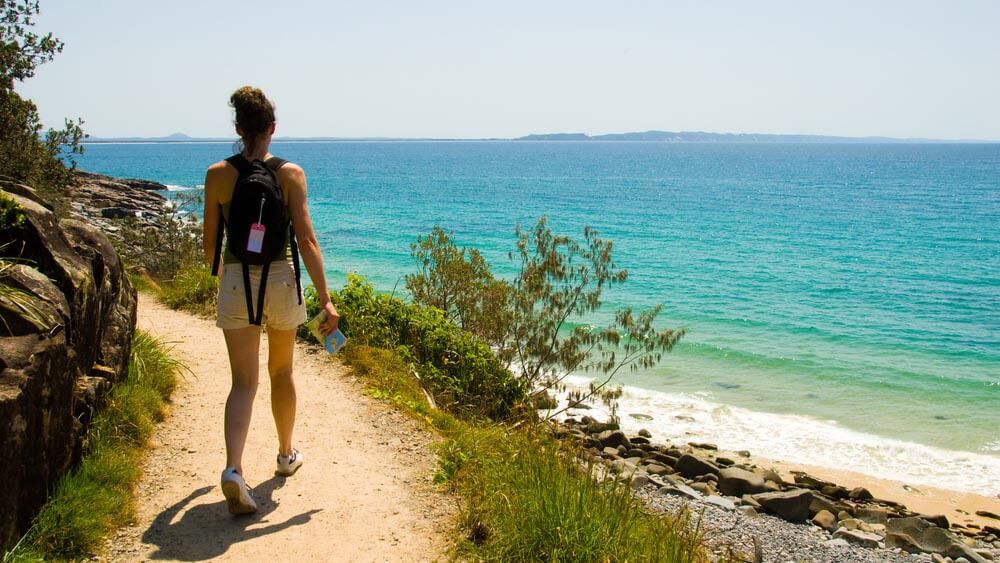
Have you ever longed quit your day job to travel the world in search of adventure? Amanda Machado can tell you what that's really like.
Amanda is a globetrotting journalist who lives nomadically. A writer for publications including The Atlantic, Vox, Quartz, and Matador Network, she's become a seasoned expert on traveling internationally.
Here are her top tips on how to do it.
1. Pick your travel seasons wisely

Before my trip, my vacations always coincided with the peak of high season.
Either I traveled during popular holidays or - knowing I only had two weeks to spare - I ensured that I arrived at my bucket list destinations in the picturesque 'sunny with a slight-breeze' time period I’d see on TV.
With a longer trip, the good news is your newfound flexibility means cheaper plane tickets and fewer crowds. The bad news is, with such a long time frame to consider, you’ll have to accept that you cannot arrive at every place at the ideal moment you dreamed of.
Touring South America? Maybe you’ll avoid the crowds in Machu Picchu (March-October) but then arrive in Patagonia before the snow has melted on the hiking trails (December). Heading eastwards? Maybe you’ll enjoy Europe in the spring, but then have to brave India when it’s temperatures are highest (March-June).
Understand before you leave what you prioritize in each location you plan to visit — whether it’s solitude, agreeable weather, the possibility of doing activities you enjoy, or the ease of not having to book things in advance.
Can you sacrifice hiking in the Himalayas when its views are clearest (April and November) to hit Southern India before monsoon season? If you stay for a small town’s biggest annual holiday, will you accept not skiing when the snow is most ideal in the Alps? Asking these questions beforehand will ensure your itinerary is the best it can be.
2. Read guidebooks with a critical eye
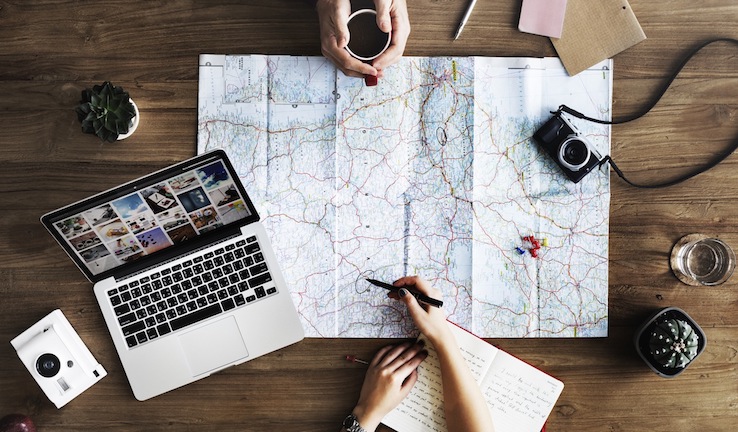
“Rustic accommodation” means there’s probably an outhouse in the backyard for a bathroom and a few mats on the floors for beds.
“Quaint village” could really mean a boring town with the same market, town square, and church you have seen several times before. “Rambunctious and lively hostel” really means untidy bathroom and a lot of gap-year college students.
It’s a guidebook’s job to make everything sound intriguing and beautiful, but before making a decision, ask yourself, "Honestly, what could this really look like?” If that makes it lose its exotic or exciting intrigue, then you are probably better off skipping it.
3. Be wary of other people’s “must-see’s”
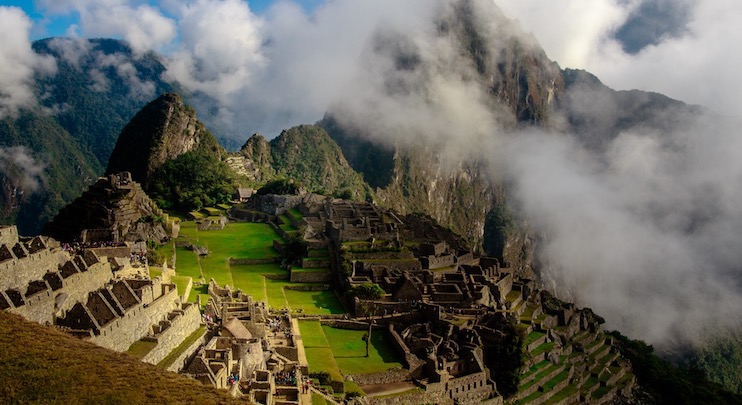
You'll be bombarded by recommendations and well-intentioned opinions from enthusiastic friends, fellow travelers and travel guides about where you should and shouldn’t be going.
Be skeptical. Sure, maybe one traveler found a $5 beachside villa in a town off the coast of Ecuador on the day of their annual fishing festival and danced until sunrise sipping cocktails and feasting on a freshly-caught tuna. But when you get there on a Tuesday in November, the place could wind up being a windy port-town with rickety beach shacks and smog.
Certain places may also be perfect for the beginning of a trip, but monotonous at a point in your trip when you’ve already overdosed on its attractions.
For example, capital cities in Latin America are perfect when seeking rowdy nightlife for letting loose but a nightmare for travelers weary of traffic and pollution. Ko Tao, Thailand may be delightful after a winter in the cold, but lackluster if you’ve already spent the last month beach-hopping through Southeast Asia.
Remember that when traveling for a long time, it is not the places themselves but the happenstance moments you experience in them that make it so wonderful. Keep that in mind when you hear someone’s advice about where to go next.
4. …And be wary of what you thought were your own “must-see’s”
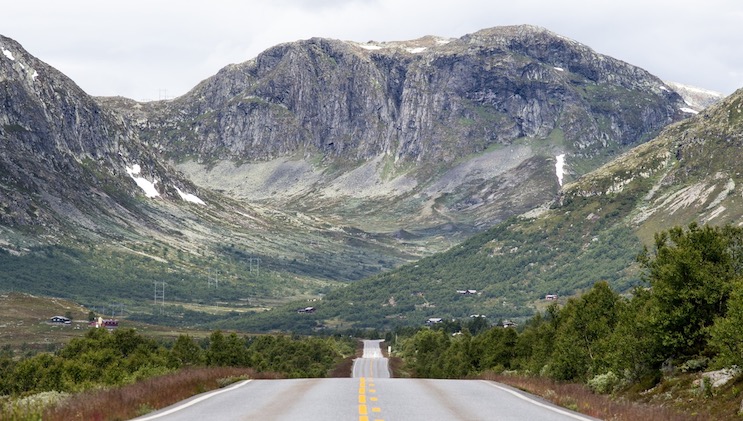
On vacation, 15th century castle walls, a renowned art museum or hiking to view a legendary snow-capped mountain may highlight your trip simply because it is so different than what you have seen all year.
But by the time you’ve traveled for a few months, unless you have a deep interest in architecture or have an avid interest in the outdoors, these activities will start to seem less appealing.
In the first few months, say yes a lot. Try everything. But after a certain point, you will most likely find that your travel interests change dramatically during a long-term trip. Be open to that kind of change.
5. Be prepared to become a slower traveler than you’ve ever been before.

Before my round-the-world trip, I considered myself a fast traveler.
I was the kind of traveler that did Madrid in two days and explored the Louvre in two hours. I had no issue with getting a quick survey of a city instead of an extended immersed experience.
But, with long-term trips, travel is no longer a two-week sprint to get the most out of your plane ticket before going back to real life. Travel becomes your real life.
If you think of it this way, it makes sense during your trip to take a “vacation” from traveling. Although it’s different for everyone, typically three weeks or so of nonstop travel (two nights in a city, then bus to the next, two nights in a city, then bus to the next….) will call for a week or so of not moving.
Factor into your itinerary this occasional week of crashing in a city, sleeping in and hanging out in coffee shops and doing nothing remotely touristy. You’ll need it.
6. Don’t feel weird when sightseeing starts to feel boring.
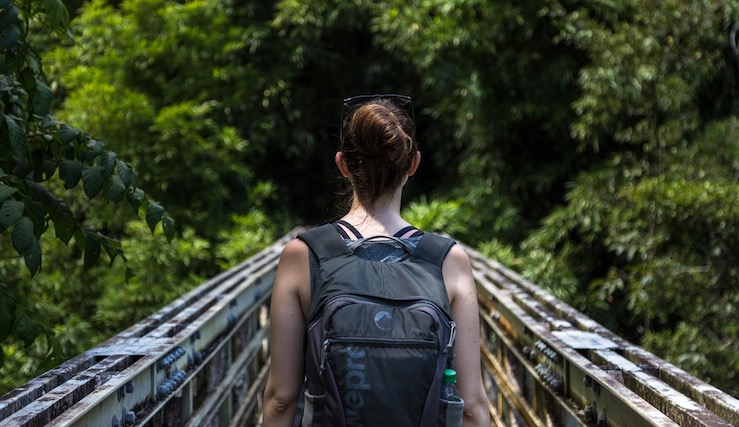
Compared to working and living in the same place every day, it’s hard to imagine how traveling the world could ever become “routine”.
But you’ll find after just a few weeks or even months that the schedule of traveling – catching a bus/plane, arranging the hotel, sightseeing, socialising with other travelers – can itself become tedious.
If you’re growing weary of sightseeing, try more hobby-driven activities like chasing the best salsa clubs if you're in Colombia, hiking the best trails of Patagonia, finding the best diving spots in Indonesia, or the best tapas in Spain. Try websites like Couchsurfing and Airbnb to experience staying with locals instead of hotels. Or try to keep a balance between touristy, fannypack-heavy top attractions and low-key towns not mentioned in the guidebooks with few attractions, but a real sense of culture.
One British couple I met planned their round-the-world trip in 3 phases: the first being hostel jumping around South America, then learning to scuba dive in the best spots of Southeast Asia, and lastly renting an RV and road-tripping across Australia.
Plan your itinerary to keep your traveling stimulating, even after a long period of time.
7. ...Or when nomadic living in general stops feeling like “living the dream”
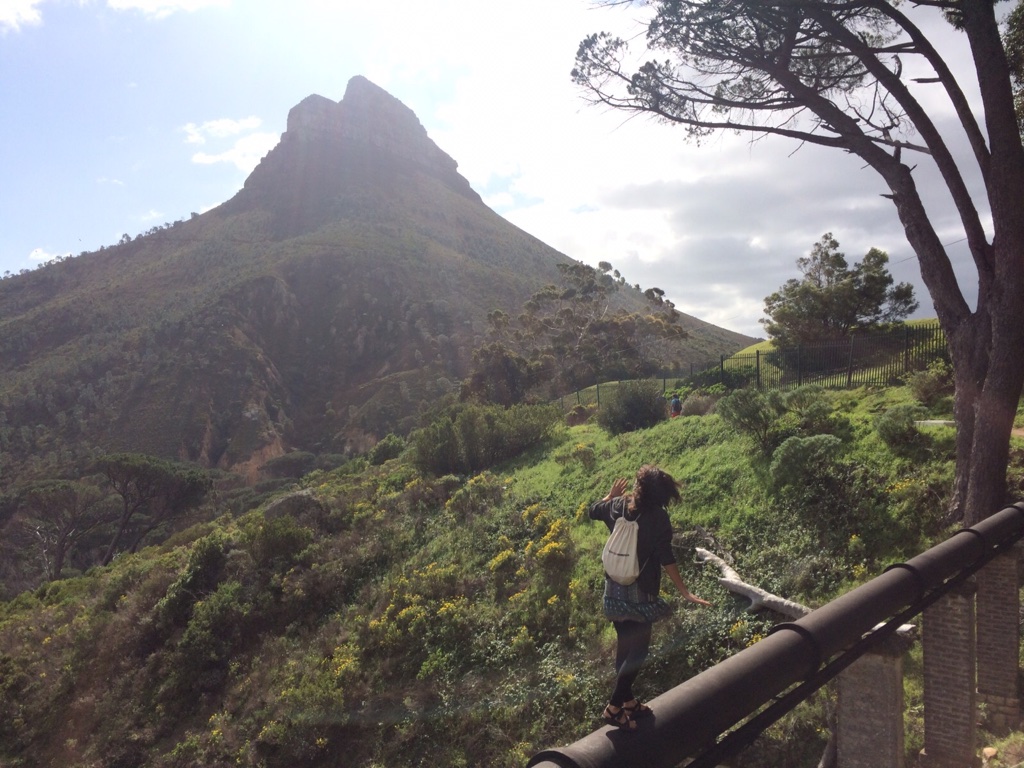
The greatest irony of long-term travel is that after a few months of it, you might also end up craving the routine and familiarity you originally traveled to escape from.
Most long-term travelers at one point in their trip eventually need a moment of feeling settled, of no longer being a guest but being a resident, of waking up and doing the same thing each morning with no more attacks of constant newness.
This is not a bad thing. Oftentimes, these breaks turn out to be to most fulfilling and interesting parts of your trip.
During my breaks, I bartended in a hostel in Cusco, spent two weeks learning meditation in a Buddhist monastery in Nepal, and learned gardening tips in an English bed and breakfast. Other travelers I knew rented an apartment in a city they felt comfortable in, volunteered, or took language classes.
Websites like workaway.info can also offer great last-minute options for travelers who need some time to feel productive and useful, or just (I know, it’s strange) miss working. These breaks can end up becoming great opportunities for learning new skills, volunteering for a great cause or pursuing an interest you never had the time or resources to before.
And isn’t that the reason we travel to begin with, to do what we never had a chance to do before?
Does your life cross borders? Need to transfer money internationally? Wise can help.
Wise is the smart new way to send money internationally. Click here to set up a free account today, or try the Borderless account, to make managing money across countries cheaper and easier than ever.
*Please see terms of use and product availability for your region or visit Wise fees and pricing for the most up to date pricing and fee information.
This publication is provided for general information purposes and does not constitute legal, tax or other professional advice from Wise Payments Limited or its subsidiaries and its affiliates, and it is not intended as a substitute for obtaining advice from a financial advisor or any other professional.
We make no representations, warranties or guarantees, whether expressed or implied, that the content in the publication is accurate, complete or up to date.

Explore some of the best gap year programs and find the right choice for you

Understand what a gap year is, what are the pros, cons and opportunities.

In this article, discover how much cash to bring to Europe. Gain insights for a budget-friendly and hassle-free travel experience.
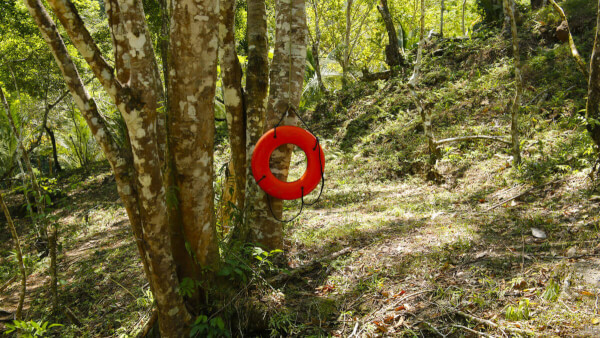
Belize can be a safe country to visit, but make sure to be aware of possible scams.

Costa Rica can be a safe country to visit, but make sure to be aware of possible scams.

Wondering where to go on your next vacation? Here are the 10 most popular cities around the world. According to a recent report published by Statista, some of...